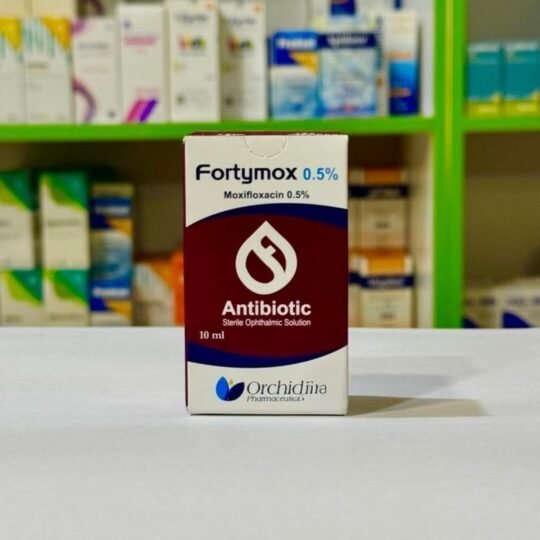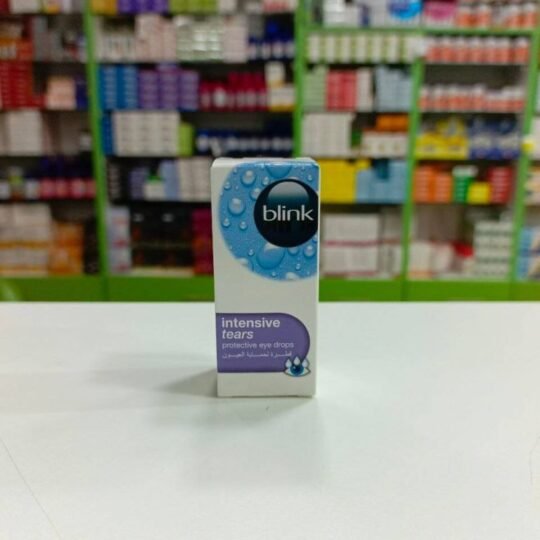Kaieg is an online store offering authentic Pharaonic crafts and premium papyrus, inspired by Egypt’s ancient civilization with a modern touch.
Categories: Pharmpharmacy Anteka
Ofusidic Eye drops 5 ml
Original price was: $3.00.$1.00Current price is: $1.00.
Ofusidic Eye drops 5 ml
Composition:
• Fusidic acid — 1%.
Ofusidic 1% is an antibacterial ophthalmic preparation.
Ofusidic is a sterile eye gel based on fusidic acid, used to treat bacterial eye infections such as conjunctivitis and blepharitis.
Pharmacological properties:
Fusidic acid is an antibiotic, a derivative of fusidin, with a narrow spectrum of action but high activity against gram-positive bacteria, especially Staphylococcus aureus, including methicillin-resistant strains (MRSA).
-
Mechanism of action
Fusidic acid inhibits bacterial protein synthesis by binding to elongation factor G (EF-G) on the ribosome. This leads to blocking translocation and stopping bacterial growth. Unlike many antibiotics, it does not destroy bacterial cells but suppresses their reproduction, acting as a bacteriostatic agent. -
Activity against microorganisms
Fusidic acid is mainly effective against gram-positive microorganisms:
• Staphylococcus aureus (including MRSA)
• Staphylococcus epidermidis
• Corynebacterium spp.
• Streptococcus pneumoniae (to a lesser extent).
Fusidic acid is not active against gram-negative bacteria (e.g., Escherichia coli, Pseudomonas aeruginosa), viruses, or fungi.
-
Pharmacokinetics in topical ophthalmic use
• When instilled in the eye, the drug forms a viscous layer on the conjunctival surface, providing prolonged action.
• Systemic absorption with topical use is minimal, reducing the risk of side effects.
• The retention time on the eye surface is significantly longer than standard drops, allowing the medication to be used only twice a day.
-
Resistance
Resistance to fusidic acid rarely develops during short treatment courses. However, prolonged continuous use may lead to resistance, especially with systemic administration.
Indications for use:
• Bacterial conjunctivitis
• Blepharitis
• Superficial eye infections caused by fusidic acid–sensitive microorganisms.
Method of application and dosage:
Adults and children:
• Instill 1 drop of the gel into the conjunctival sac of the affected eye twice daily (morning and evening).
• The usual treatment course lasts 7 days, and may be extended if prescribed by a doctor.









